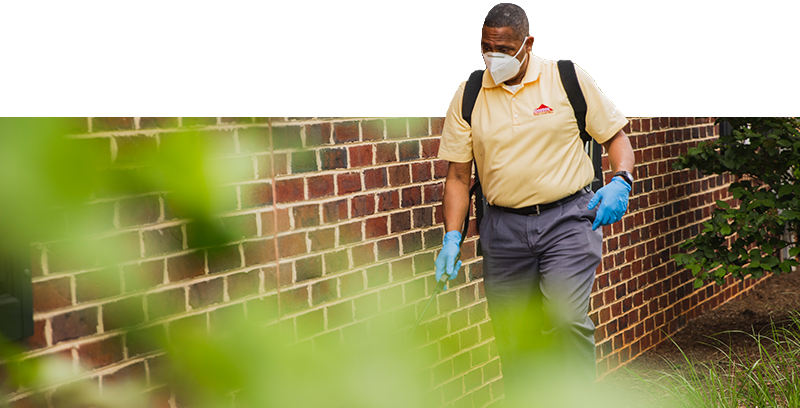Stink bugs are shield-shaped insects about the size of a dime. Adult stink bugs are usually green or brown–but they’re not best known for their appearance. These pests are infamous for emitting a pungent smell when threatened or squished.
Sometimes, people describe the foul odor as being similar to rotten cilantro. The brown marmorated stink bug is the most common variety homeowners will encounter. If you suspect you have a stink bug problem, keep reading to learn more about how to address an infestation.








